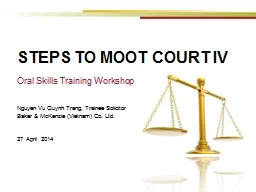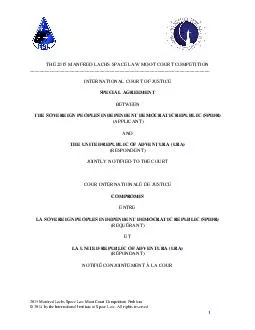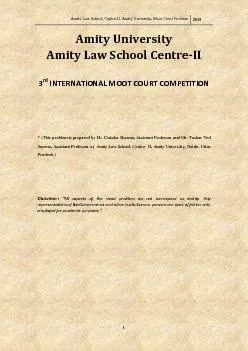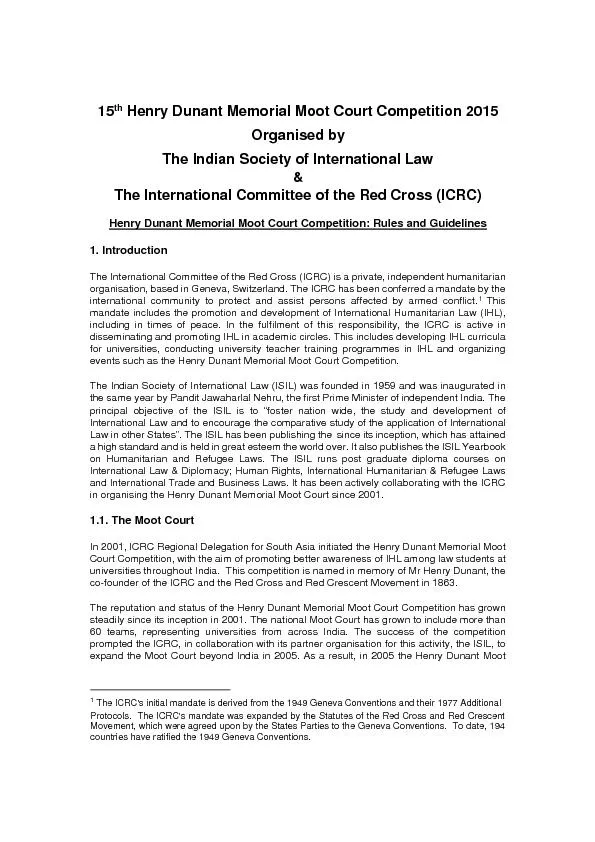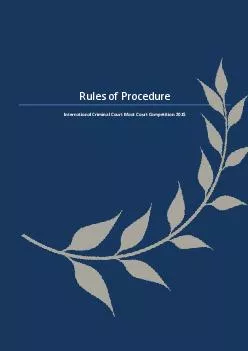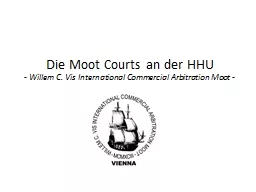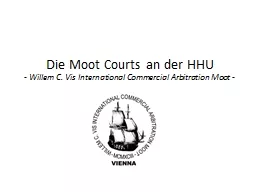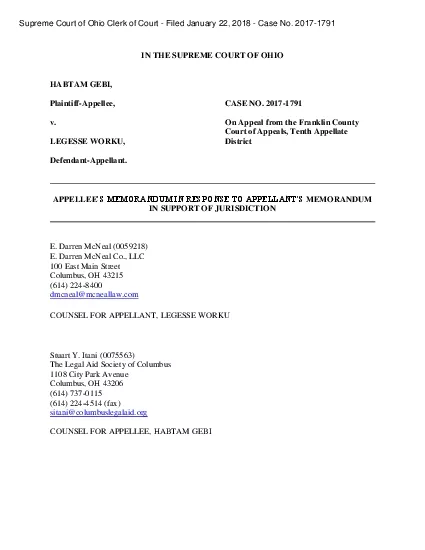PPT-STEPS TO MOOT COURT IV
Author : calandra-battersby | Published Date : 2016-03-18
Oral Skills Training Workshop Nguyen Vu Quynh Trang Trainee Solicitor Baker amp McKenzie Vietnam Co Ltd 27 April 2014 CONTENT OUTLINE Oral Submission Preparation
Presentation Embed Code
Download Presentation
Download Presentation The PPT/PDF document "STEPS TO MOOT COURT IV" is the property of its rightful owner. Permission is granted to download and print the materials on this website for personal, non-commercial use only, and to display it on your personal computer provided you do not modify the materials and that you retain all copyright notices contained in the materials. By downloading content from our website, you accept the terms of this agreement.
STEPS TO MOOT COURT IV: Transcript
Download Rules Of Document
"STEPS TO MOOT COURT IV"The content belongs to its owner. You may download and print it for personal use, without modification, and keep all copyright notices. By downloading, you agree to these terms.
Related Documents

